COLUMBUS, Ohio, USA: Researchers have found that children who are learning to walk are at the highest risk of injury from baby bottles, sippy cups and pacifiers. For the first time, they analyzed nationwide statistical data from the last 20 years and found that, on average, 2,270 injuries related to these products are treated in U.S. emergency rooms every year.
The study conducted by researchers at the Research Institute at Nationwide Children's Hospital in Columbus, Ohio suggests that between January 1991 and December 2010 an estimated 45,398 children under three required treatment in an emergency room owing to baby bottles, pacifiers and sippy cups.
According to the study, approximately two-thirds of injuries occurred among children aged one, a period of development associated with unsteady walking. The researchers found that 86 percent of the injuries were the result of falls while using the product. More than 70 percent of the injuries caused by falls affected the mouth and teeth of the toddlers, followed by lacerations of the head, face or neck (20 percent).
Baby bottles were involved in about 66 percent of the injuries. Pacifiers accounted for 20 percent of the injuries and sippy cups for 14 percent. Pacifiers were associated with soft-tissue and dental injuries, in particular.
"The permanent front teeth begin to develop in an infant's jaws soon after birth and the crown of the permanent tooth does not complete development until a child is three or four years old. If the toddler falls and injures a baby tooth, that tooth can get pushed up into the jaw and disrupt the development of the permanent tooth to follow. The risk is greatest when a baby tooth is injured before the child is three years of age and if the baby tooth is pushed up into the gums or completely knocked out," said Dr. Dennis McTigue, pediatric dentist at Nationwide Children's Hospital.
The researchers said that, currently, there are few formal recommendations regarding the ages at which children should discontinue using these products. Although the American Academy of Pediatric Dentistry and the American Academy of Pediatrics recommend using lidless cups by 12 months of age to prevent dental caries, and limiting pacifier use after six months to prevent infections, the products tend to be used at least until the age of two, the researchers said.
"Educating parents and caregivers about the importance of transitioning their children away from these products at the ages recommended by the AAP and AAPD could prevent up to 80 percent of the injuries related to baby bottles, pacifiers and sippy cups," study co-author Dr. Laura McKenzie suggested.
There is a need for further research into the nature of these injuries and prevention strategies, the researchers concluded.
Statistics were obtained from the National Electronic Injury Surveillance System operated by the U.S. Consumer Product Safety Commission.
The study was published online on May 14 in the Pediatrics journal ahead of print.
The scientific evidence demonstrates that endodontically treated teeth fail more often due to restorative errors. In a live webinar, Alan Atlas, DMD, will ...
In traditional practice, occlusal splint fabrication was generally delegated to the dental laboratory. Common fabrication methods are printing and milling. ...
I am asked all of the time what the next big thing is going to be in dentistry. What new technology or technology is going to change dental practice? We ...
After years of schooling, thousands of dollars in tuition, hours upon hours of clinics and exams, and tests and on and on, finally you entered the working ...
ROSEMONT, Ill. – More than one in four children born with a cleft lip and/or palate face a geographic disadvantage to access certified treatment for their...
NEW YORK, USA/LEIPZIG, Germany: Medical and dental problems associated with mouth breathing often go unnoticed by health professionals, a new ...
Every practice is unique and each office provides a different offering of products or treatments. The decision to choose certain treatment options is ...
NEW YORK, N.Y., USA: Although it seems counterintuitive, a bone break can lead to a stronger bone that can support an oral implant. Introducing microcracks ...
VANCOUVER, British Columbia: If there’s a journal article, research study or other report linking oral health to some broader aspect of wellness, Uche...
The Academy of General Dentistry (AGD) has released four new episodes of its podcast series, offering dental professionals’ timely insights on practice ...
Live webinar
Wed. 14 January 2026
12:00 PM EST (New York)
Dr. Théo Laplane, Dr. Robert Gottlander DDS
Live webinar
Fri. 16 January 2026
12:00 PM EST (New York)
Live webinar
Mon. 19 January 2026
1:00 PM EST (New York)
Philipp Kopp, Michael Seeber
Live webinar
Thu. 22 January 2026
9:00 AM EST (New York)
Prof. Judith Jones D.D.S; M.P.H., Prof. Kakuhiro Fukai D.D.S., Ph.D, Dr. Bathsheba (Bethy) Turton
Live webinar
Thu. 22 January 2026
2:00 PM EST (New York)
Dr. Nicola M. Grande DDS, PhD
Live webinar
Wed. 28 January 2026
8:00 AM EST (New York)
Live webinar
Wed. 28 January 2026
11:00 AM EST (New York)
Prof. Dr. Jan-Frederik Güth



 Austria / Österreich
Austria / Österreich
 Bosnia and Herzegovina / Босна и Херцеговина
Bosnia and Herzegovina / Босна и Херцеговина
 Bulgaria / България
Bulgaria / България
 Croatia / Hrvatska
Croatia / Hrvatska
 Czech Republic & Slovakia / Česká republika & Slovensko
Czech Republic & Slovakia / Česká republika & Slovensko
 France / France
France / France
 Germany / Deutschland
Germany / Deutschland
 Greece / ΕΛΛΑΔΑ
Greece / ΕΛΛΑΔΑ
 Hungary / Hungary
Hungary / Hungary
 Italy / Italia
Italy / Italia
 Netherlands / Nederland
Netherlands / Nederland
 Nordic / Nordic
Nordic / Nordic
 Poland / Polska
Poland / Polska
 Portugal / Portugal
Portugal / Portugal
 Romania & Moldova / România & Moldova
Romania & Moldova / România & Moldova
 Slovenia / Slovenija
Slovenia / Slovenija
 Serbia & Montenegro / Србија и Црна Гора
Serbia & Montenegro / Србија и Црна Гора
 Spain / España
Spain / España
 Switzerland / Schweiz
Switzerland / Schweiz
 Turkey / Türkiye
Turkey / Türkiye
 UK & Ireland / UK & Ireland
UK & Ireland / UK & Ireland
 International / International
International / International
 Brazil / Brasil
Brazil / Brasil
 Canada / Canada
Canada / Canada
 Latin America / Latinoamérica
Latin America / Latinoamérica
 China / 中国
China / 中国
 India / भारत गणराज्य
India / भारत गणराज्य
 Pakistan / Pākistān
Pakistan / Pākistān
 Vietnam / Việt Nam
Vietnam / Việt Nam
 ASEAN / ASEAN
ASEAN / ASEAN
 Israel / מְדִינַת יִשְׂרָאֵל
Israel / מְדִינַת יִשְׂרָאֵל
 Algeria, Morocco & Tunisia / الجزائر والمغرب وتونس
Algeria, Morocco & Tunisia / الجزائر والمغرب وتونس
 Middle East / Middle East
Middle East / Middle East






























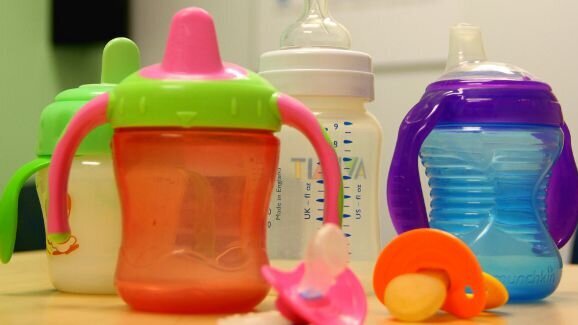



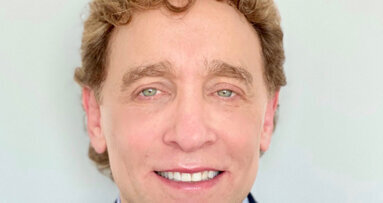
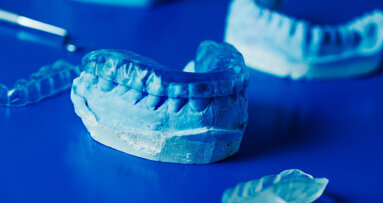




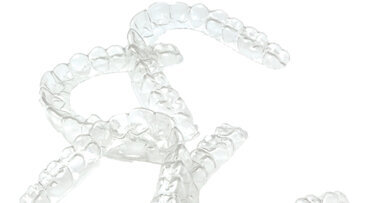
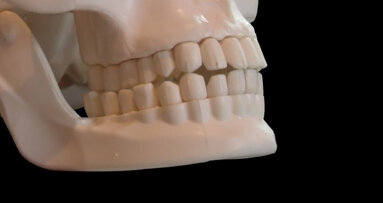



















To post a reply please login or register